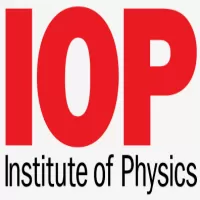Fundamental of Ceramics
Series in Materials Science & Engineering
Category: Engineering Books BSc in MME : Materials And Metallurgical Engineering

Explore our products and add items to your cart.
| Sub-Total : | ৳0 |
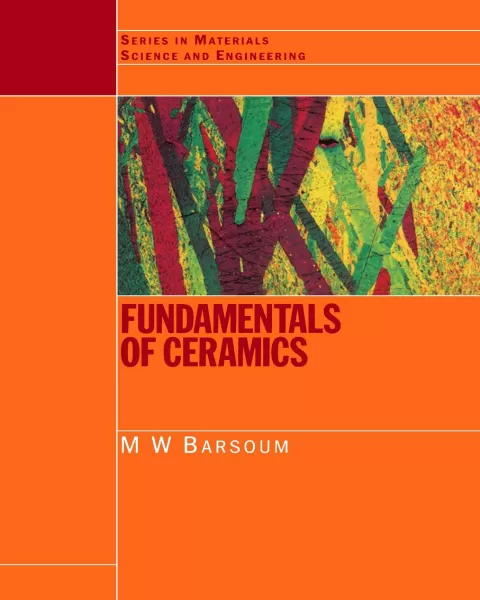
Series in Materials Science & Engineering
Category: Engineering Books BSc in MME : Materials And Metallurgical Engineering
| Title | Fundamental of Ceramics |
|---|---|
| Publisher | Institute of Physics Publishing |
| Edition | international |
| No. Of Pages | 622 |
| Country | USA |
| Language | English |
| Description | It is a mystery to me why, in a field as interesting, rich, and important as ceramics, a basic fundamental text does not exist. My decision to write this text was made almost simultaneously with my having to teach my first introductory graduate class in ceramics at Drexel a decade ago. Naturally, I assigned Kingery, Bowen, and Uhlmann's Introduction to Ceramics as the textbook for the course. A few weeks into the quarter, however, it became apparent that KBU's book was difficult to teach from and more importantly to learn from. Looking at it from the student's point of view it was easy to appreciate why — few equations are derived from first principles. Simply writing down a relationship, in my opinion, does not constitute learning; true understanding only comes when the trail that goes back to first principles is made clear. However, to say that this book was influenced by KBU's book would be an understatement — the better word would be inspired by it, and for good reason — it remains an authoritative, albeit slightly dated, text in the field. In writing this book I had a few guiding principles. First, nearly all equations are derived, usually from first principles, with the emphasis being on the physics of the problem, sometimes at the expense of mathematical rigor. However, whenever that trade-off is made, which is not often, it is clearly noted in the text. I have kept the math quite simple, nothing more complicated than differentiation and integration. The aim in every case was to cover enough of the fundamentals, up to a level deep enough to allow the reader to continue his or her education by delving, without too much difficulty, into the most recent literature. In today's fast-paced world, it is more important than ever to understand the fundamentals. Second, I wanted to write a book that more or less "stood alone" in the sense that it did not assume much prior knowledge of the subject from the reader. Basic chemistry, physics, mathematics, and an introductory course in materials science or engineering are the only prerequisites. In that respect, I believe this book will appeal to, and could be used as a textbook in, other than material science and engineering departments, such as chemistry or physics. Pedagogically I have found that students in general understand concepts and ideas best if they are given concrete examples rather than generalized treatments. Thus maybe, at the expense of elegance and brevity, I have opted for that approach. It is hoped that once the concepts are well understood, for at least one system, the reader will be able to follow more advanced and generalized treatments that can be found in many of the references that I have included at the end of every chapter. Successive drafts of this book have been described by some reviewers as being arid, a criticism that I believe has some validity and that I have tried to address. Unfortunately, it was simply impossible to cover the range of topics, at the depth I wanted to, and be flowery and descriptive at the same time (the book is already over 650 pages long). Another area where I think this book falls short is in its lack of what I would term a healthy skepticism (a la Feynman lectures, for instance). Nature is too complicated, and ceramics in particular, to be neatly packaged into monosize dispersed spheres and their corresponding models, for example. I thus sincerely hope that these two gaps will be filled in by the reader and especially the instructor. First, a little bit of "fat" should make the book much more appetizing — examples from the literature or the instructor's own experience would be just what is required. Second, a dose of skepticism concerning some of the models and their limitation is required. Being an experimentalist, I facetiously tell my students that when theory and experiment converge one of them is probably wrong. This book is aimed at junior, senior, and first-year graduate students in any materials science and engineering program. The sequence of chapters makes it easy to select material for a one-semester course. This might include much of the material in Chapters 1 to 8, with additional topics from the later chapters. The book is also ideally suited to a twoquarter sequence, and I believe there may even be enough material for a two-semester sequence. The book can be roughly divided into two parts. The first nine chapters deal with bonding, structure, and the physical and chemical properties that are influenced mostly by the type of bonding rather than the microstructure, such as defect structure and the atomic and electronic transport in ceramics. The coverage of the second part. Chaps. 11 to 16, deals with properties that are more microstructure dependent, such as fracture toughness, optical, magnetic, and dielectric properties. In between the two parts lies Chap. 10, which deals with the science of sintering and microstructural development. The technological aspects of processing have been deliberately omitted for two reasons. The first is that there are a number of good undergraduate texts that deal with the topic. Second, it is simply not possible to discuss that topic and do it justice in a section of a chapter. Chapter 8 on phase diagrams was deliberately pushed back until the notions of defects and nonstoichiometry (Chap. 6) and atom mobility (Chap. 7) were introduced. The chapter on glasses (Chap. 9) follows Chap. 8 since once again the notions introduced in Chaps. 6, 7, and 8 had to be developed in order to explain crystallization. And while this is clearly not a ceramics handbook, I have included many important properties of binary and ternary ceramics collected over 10 years from numerous sources. In most chapters I also include, in addition to a number of well-tested problem sets with their numerical answers, worked examples to help the student through some of the trickier concepts. Whenever a property or phenomenon is introduced, a section clearly labeled experimental details has been included. It has been my experience that many students lacked a knowledge of how certain physical properties or phenomena are measured experimentally, which needless to say makes it rather fruitless to even try to attempt to explain them. These sections are not intended, by any stretch of the imagination, to be laboratory guides or procedures. Finally, it should also be pointed out that Chaps. 2, 5, and 8 are by no means intended to be comprehensive — but are rather included for the sake of completion, and to highlight aspects that are referred to later in the book as well as to refresh the reader's memory. It is simply impossible to cover inorganic chemistry, thermodynamics, and phase equilibria in three chapters. It is in these chapters that a certain amount of prior knowledge by the reader is assumed. I would like to thank Dr. Joachim Maier for hosting me, and the Max-Planck Institute fur Festkorperforchung in Stuttgart for its financial support during my sabbatical year, when considerable progress was made on the text. The critical readings of some of the chapters by C. Schwandt, H. Naefe, N. Nicoloso, and G. Schaefer is also gratefully acknowledged. I would especially like to thank Dr. Rowland M. Cannon for helping me sort out, with the right spirit I may add, Chaps. 10 through 12 — his insight, as usual, was invaluable. I would also like to thank my colleagues in the Department of Materials Engineering and Drexel University for their continual support during the many years it took to finish this work. I am especially indebted to Profs. Roger Doherty and Antonious Zavaliangos with whom I had many fruitful and illuminating discussions. Finally I would like to take this opportunity to thank all those who have, over the many years I was a student, first at the American University in Cairo, Egypt, followed by the ones at the University of Missouri-Rolla and, last but not least, MIT, taught and inspired me. One has only to leaf through the book to appreciate the influence Profs. H. Anderson, R. Coble, D. Kingery, N. Kreidl, H. Tuller, D. Uhlmann, B. Wuench, and many others had on this book. Comments, criticisms, suggestions, and corrections, from all readers, especially students, for whom this book was written, are most welcome. Please send them to me at the Department of Materials Engineering. Drexel University, Philadelphia, PA 19104, or by e-mail at Barsoumw @ drexel.edu. Finally, I would like to thank my friends and family, who have been a continuous source of encouragement and support. - Institute of Physics Publishing |
"Your personal data will be used to enhance your website experience, manage account access, and fulfill other described purposes in privacy & policy".
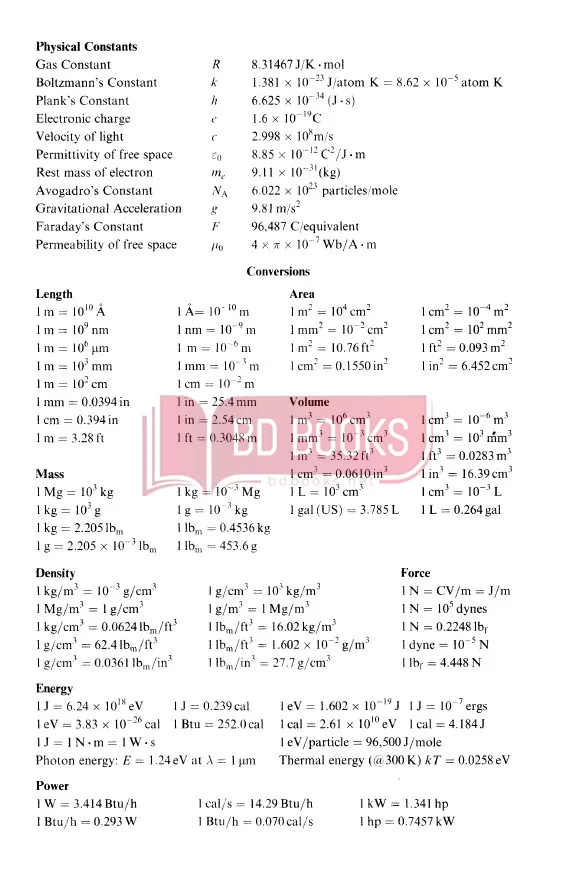
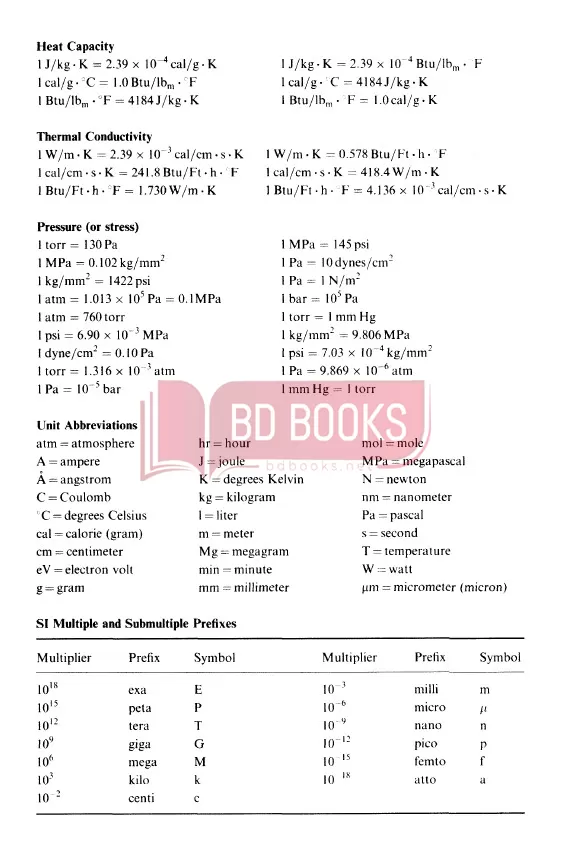
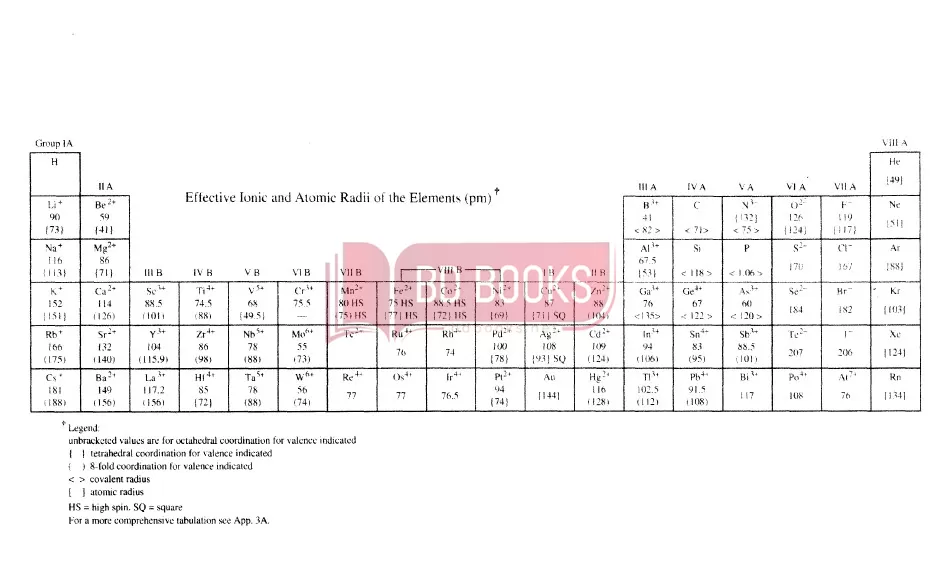
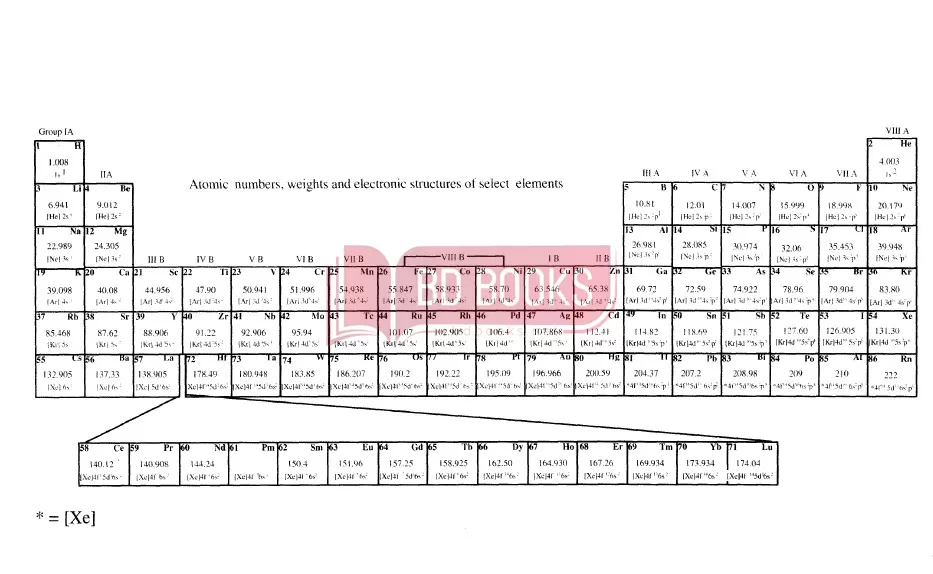
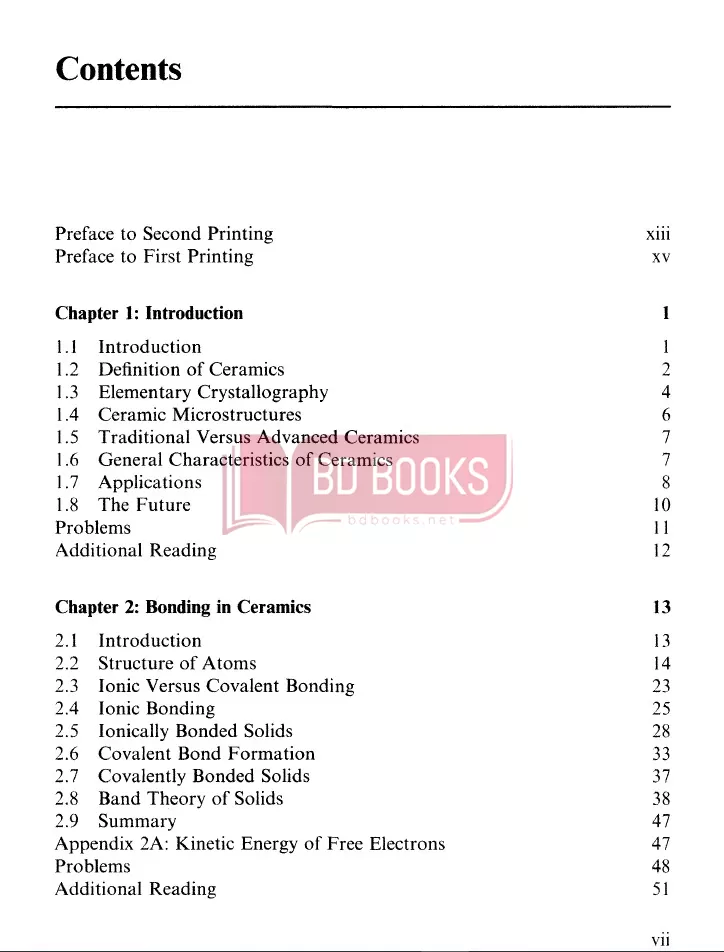
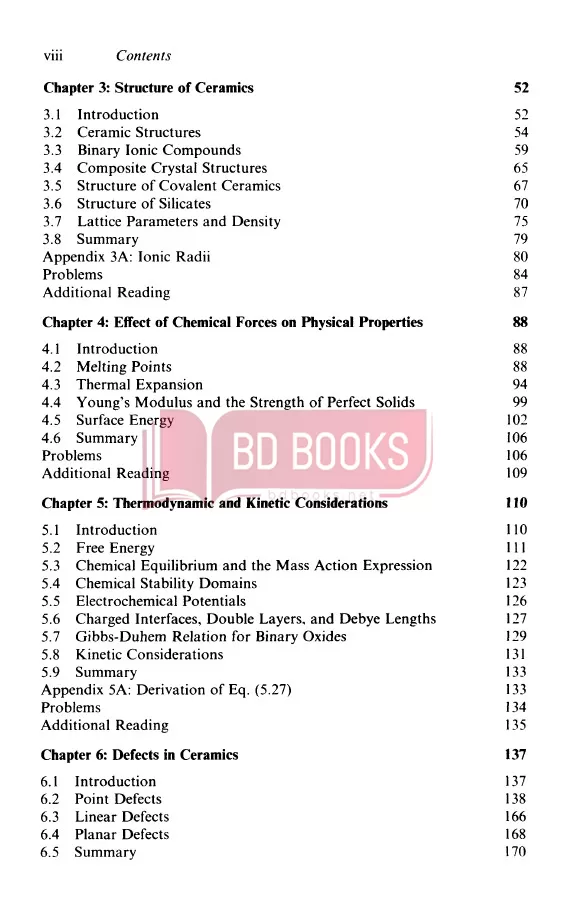
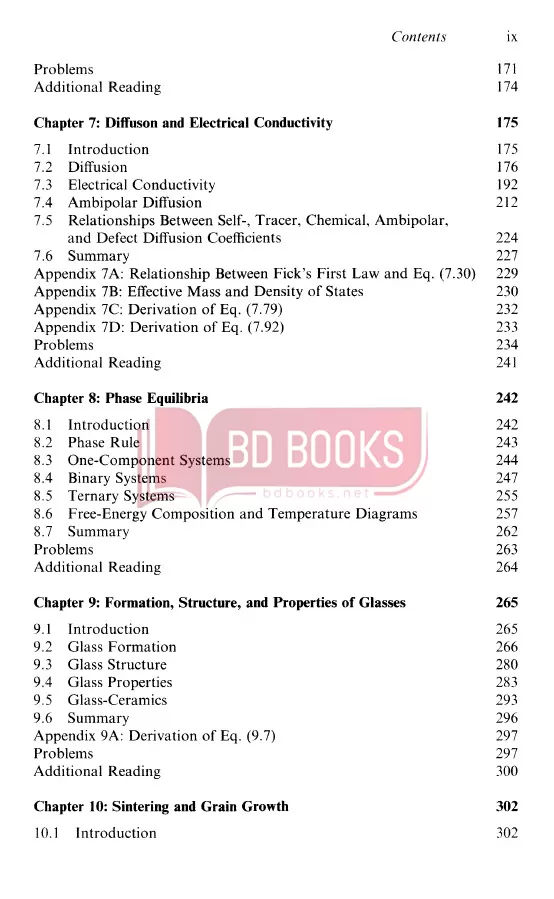
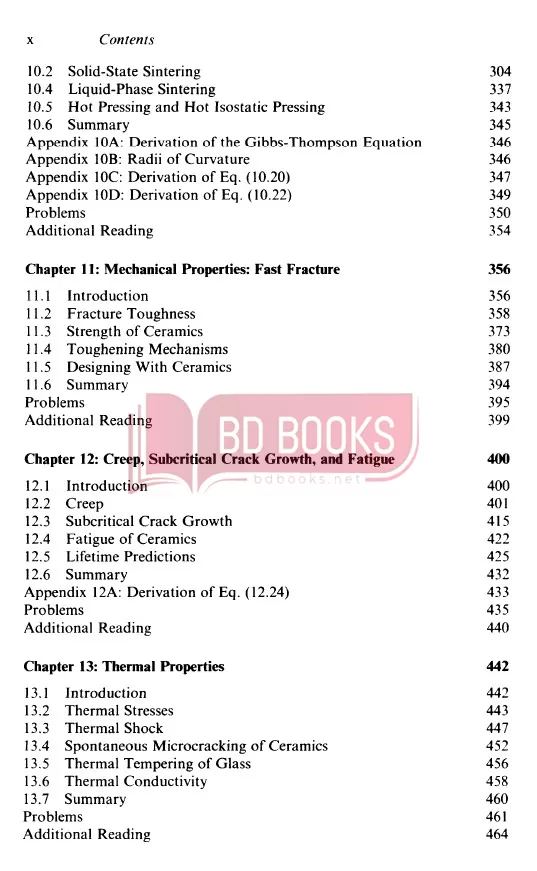
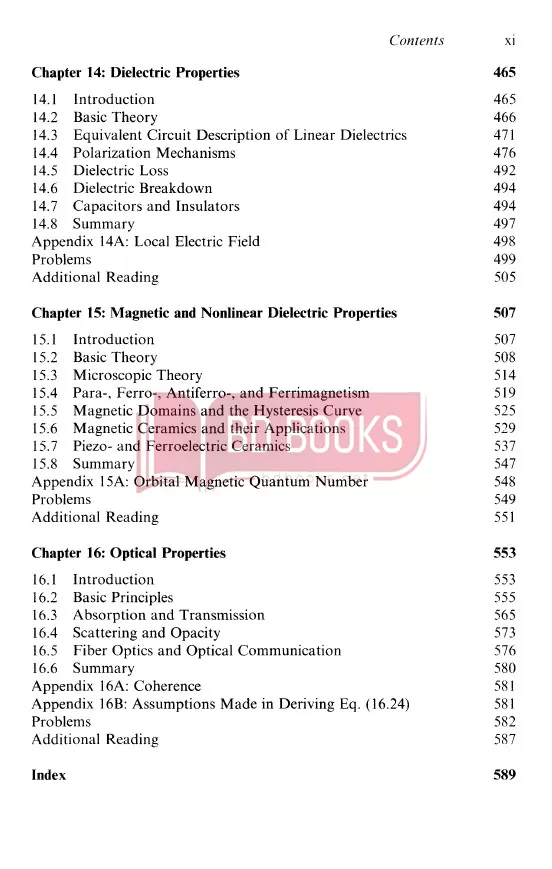
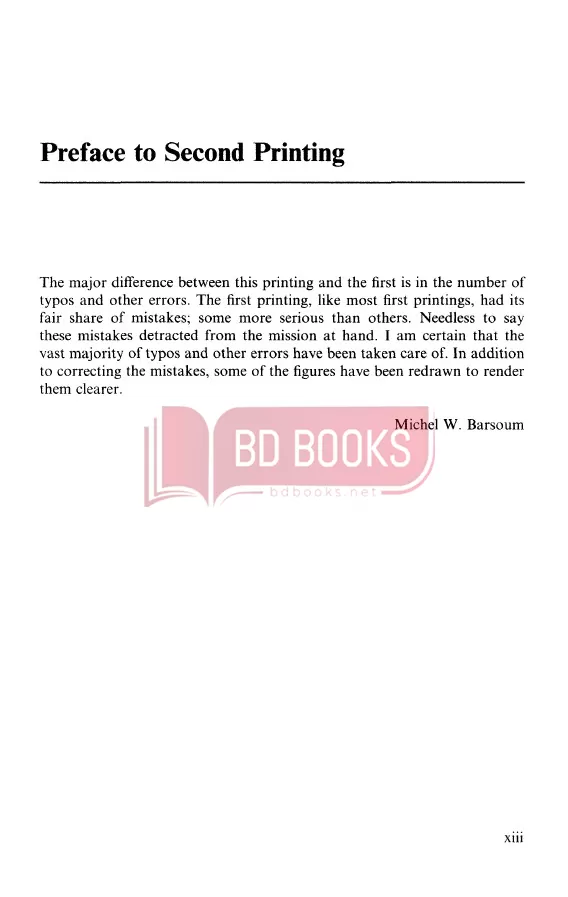
Chat with us

